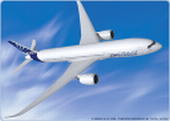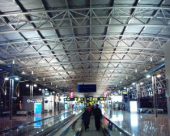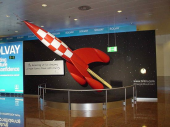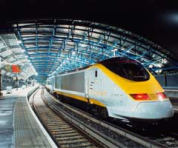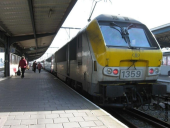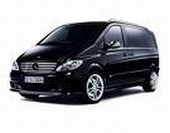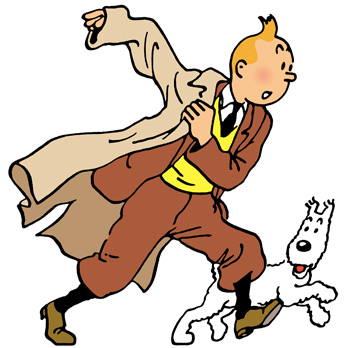|
|
|
Conference Location
|
|
History |
The most common theory for the toponymy of Brussels is that it derives from the Old Dutch Broeksel or other spelling variants, which means marsh (broek) and home (sel) or "home in the marsh". The origin of the settlement that was to become Brussels lies in Saint Gaugericus' construction of a chapel on an island in the river Senne around 580. Saint Vindicianus, the bishop of Cambrai made the first recorded reference to the place "Brosella" in 695 when it was still a hamlet. The official founding of Brussels is usually situated around 979, when Duke Charles of Lower Lotharingia transferred the relics of Saint Gudula from Moorsel to the Saint Gaugericus chapel. Charles would construct the first permanent fortification in the city, doing so on that same island. |
|
Lambert I of Leuven, Count of Leuven gained the County of Brussels around 1000 by marrying Charles' daughter. Because of its location on the shores of the Senne on an important trade route between Bruges and Ghent, and Cologne, Brussels grew quite quickly; it became a commercial centre that rapidly extended towards the upper town (St. Michael and Gudula Cathedral, Coudenberg, Sablon/Zavel area...), where there was a smaller risk of floods. As it grew to a population of around 30,000, the surrounding marshes were drained to allow for further expansion. The Counts of Leuven became Dukes of Brabant at about this time (1183/1184). In the 13th century, the city got its first walls. |
|
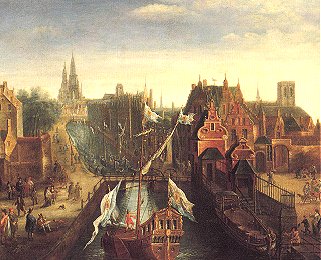
|
After the construction of the city walls in the early 13th century, Brussels grew significantly. To let the city expand, a second set of walls was erected between 1356 and 1383. Today, traces of it can still be seen, mostly because the "small ring", a series of roadways in downtown Brussels bounding the historic city centre, follows its former course. In the 15th century, by means of the wedding of heiress Margaret III of Flanders with Philip the Bold, Duke of Burgundy, a new Duke of Brabant emerged from the House of Valois (namely Antoine, their son), with another line of descent from the Habsburgs (Maximilian of Austria, later Maximilian I, Holy Roman Emperor, married Mary of Burgundy, who was born in Brussels). Brabant had lost its independence, but Brussels became the Princely Capital of the prosperous Low Countries, and flourished. |
|
In 1516 Charles V, who had been heir of the Low Countries since 1506, was declared King of Spain in St. Michael and St. Gudula Cathedral in Brussels. Upon the death of his grandfather, Maximilian I, Holy Roman Emperor in 1519, Charles became the new archduke of the Habsburg Empire and thus the Holy Roman Emperor of the Empire "on which the sun does not set". It was in the Palace complex at Coudenberg that Charles V abdicated in 1555. This impressive palace, famous all over Europe, had greatly expanded since it had first become the seat of the Dukes of Brabant, but it was destroyed by fire in 1731. |
|
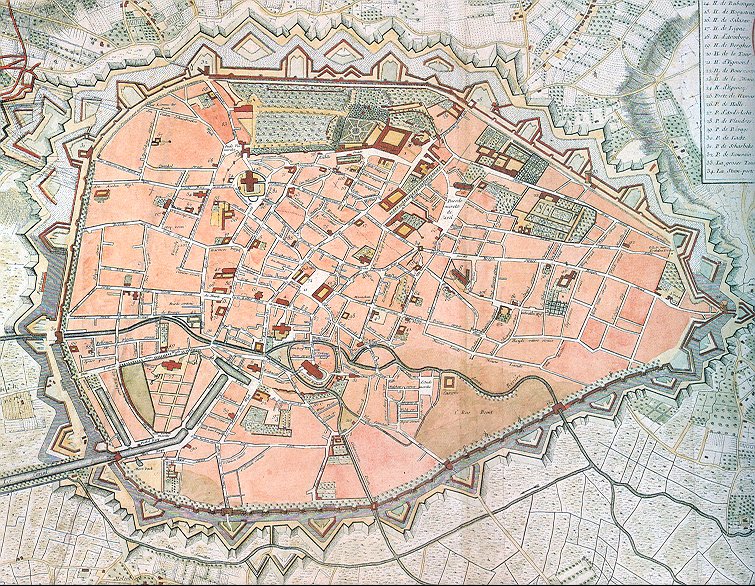 |
In 1695, King Louis XIV of France sent troops to bombard Brussels with artillery. Together with the resulting fire, it was the most destructive event in the entire history of Brussels. The Grand Place was destroyed, along with 4000 buildings, a third of those in the city. The reconstruction of the city centre, effected during subsequent years, profoundly changed the appearance of the city and left numerous traces still visible today. The city was captured by France in 1746 during the War of the Austrian Succession but was handed back to Austria three years later. |
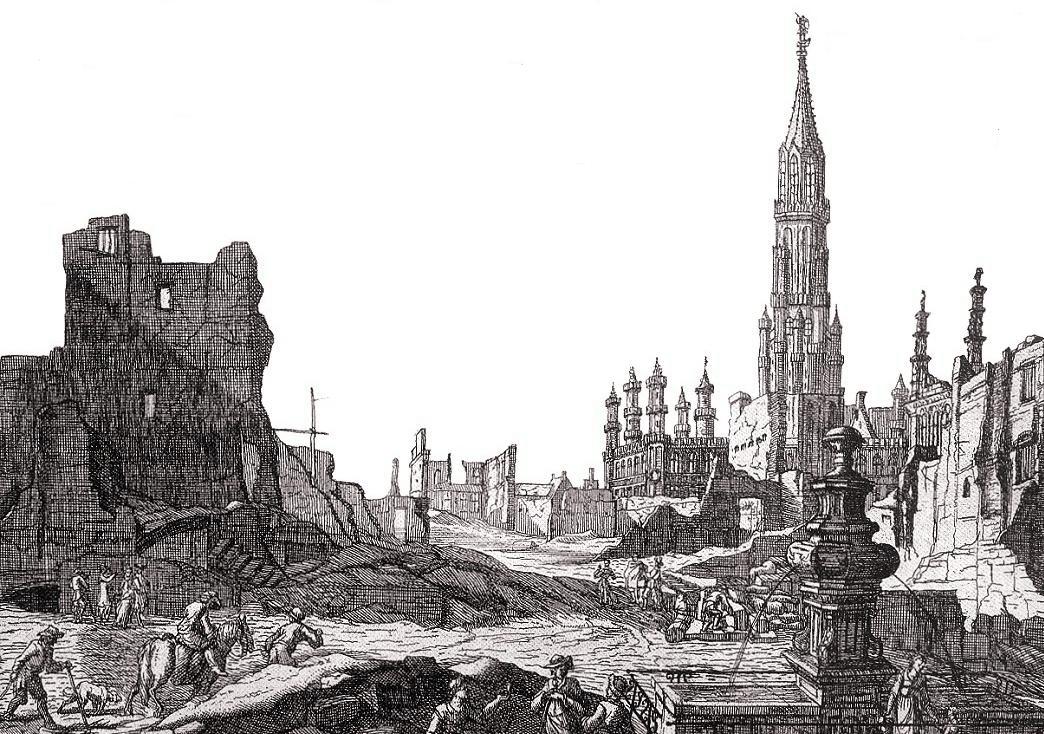
Brussels remained with Austria until 1795, when the Southern Netherlands was captured and annexed by France. Brussels became the capital of the department of the Dyle. It remained a part of France until 1815, when it joined the United Kingdom of the Netherlands. The former Dyle department became the province of South Brabant, with Brussels as its capital.
The Brussels-Capital Region was formed on 18 June 1989 after a constitutional reform in 1988. It has bilingual status and it is one of the three federal regions of Belgium, along with Flanders and Wallonia.Since the end of the Second World War, Brussels has been a main centre for international politics. Hosting principal EU institutions and the headquarters of the North Atlantic Treaty Organization (NATO), the city has become the polyglot home of numerous international organisations, politicians, diplomats and civil servants.
|
In 1830, the Belgian revolution took place in Brussels after a performance of Auber's opera La Muette de Portici at the La Monnaie theatre. Brussels became the capital and seat of government of the new nation. South Brabant was renamed simply Brabant, with Brussels as its capital. On 21 July 1831, Leopold I, the first King of the Belgians, ascended the throne, undertaking the destruction of the city walls and the construction of many buildings. Following independence, the city underwent many more changes. The Senne had become a serious health hazard, and from 1867 to 1871 its entire course through the urban area was completely covered over. This allowed urban renewal and the construction of modern buildings and boulevards characteristic of downtown Brussels today. |
|
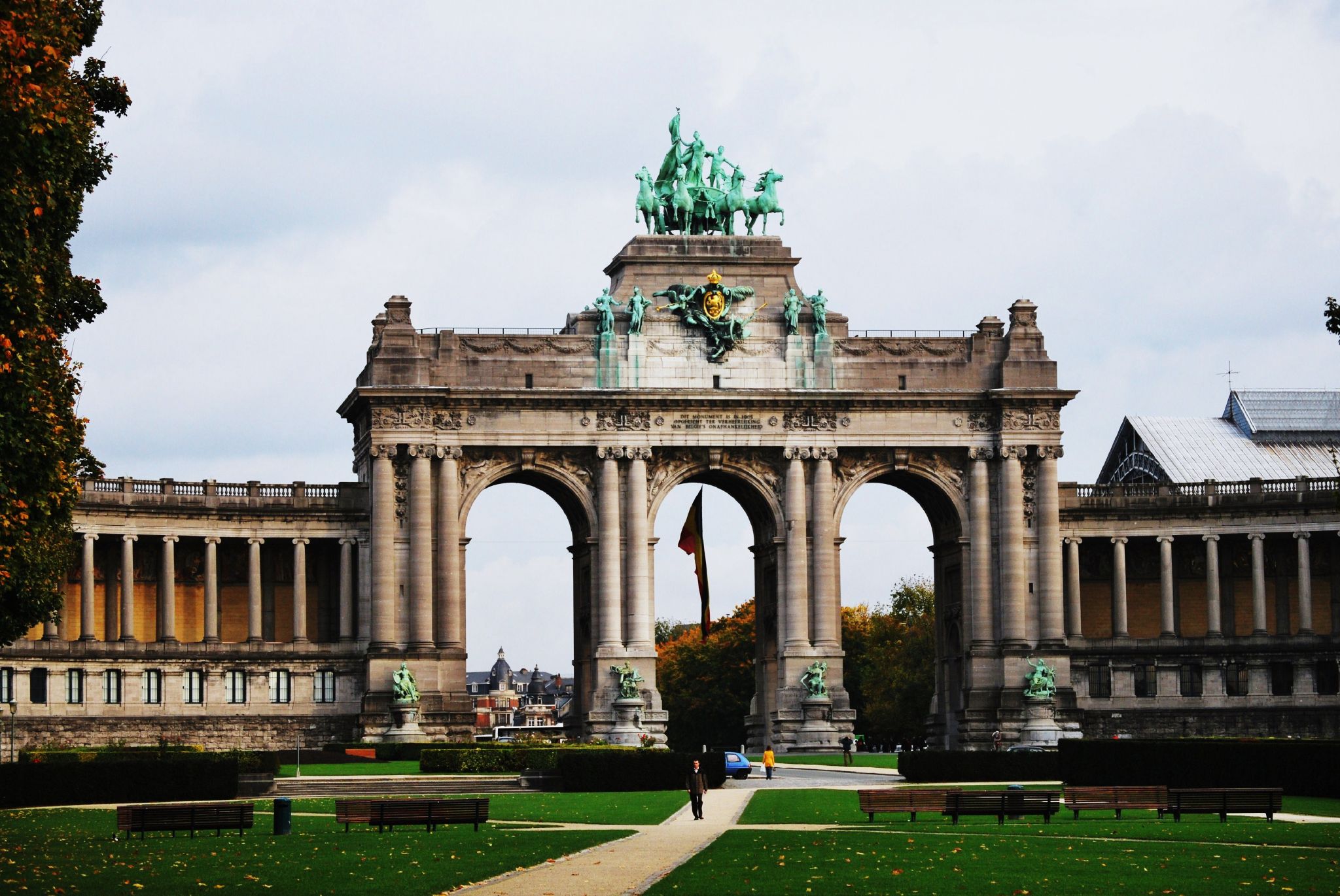 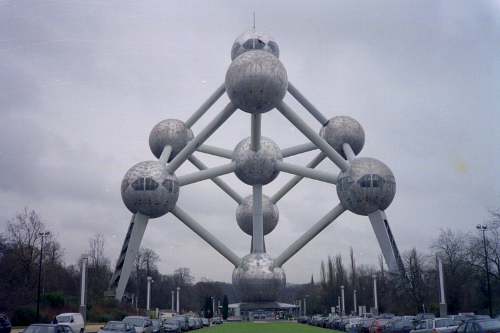
|
Throughout this time, Brussels remained mostly a Dutch-speaking city, though until 1921 French was the sole language of administration. However, in 1921, Belgium was formally split into three language regions—Dutch-speaking Flanders, French-speaking Wallonia and bilingual Brussels. During the 20th century the city has hosted various fairs and conferences, including the fifth Solvay Conference in 1927 and two world fairs: the Brussels International Exposition of 1935 and the Expo '58. During World War I, Brussels was an occupied city, but German troops did not incur much damage. In World War II the city was again occupied, and was spared major damage during its occupation by German forces before it was liberated by the British Guards Armoured Division. The Brussels Airport dates to the occupation. |
|
After the war, Brussels was modernized for better and for worse. The construction of the North–South connection linking the main railway stations in the city was completed in 1952, while the first Brussels pre-metro was finished in 1969, and the first line of the Brussels Metro was opened in 1976. Starting from the early 1960s, Brussels became the de-facto capital of what would become the European Union, and many modern buildings were built. Unfortunately, development was allowed to proceed with little regard to the aesthetics of newer buildings, and many architectural gems were demolished to make way for newer buildings that often clashed with their surroundings, a process known as Brusselization. |
|

|
Since the end of the Second World War, Brussels has been a main centre for international politics. Hosting principal EU institutions[13] and the headquarters of the North Atlantic Treaty Organization (NATO), the city has become the polyglot home of numerous international organisations, politicians, diplomats and civil servants. The Brussels-Capital Region was formed on 18 June 1989 after a constitutional reform in 1988. It has bilingual status and it is one of the three federal regions of Belgium, along with Flanders and Wallonia. |
Parts of this text were copied from 
Conference Venue
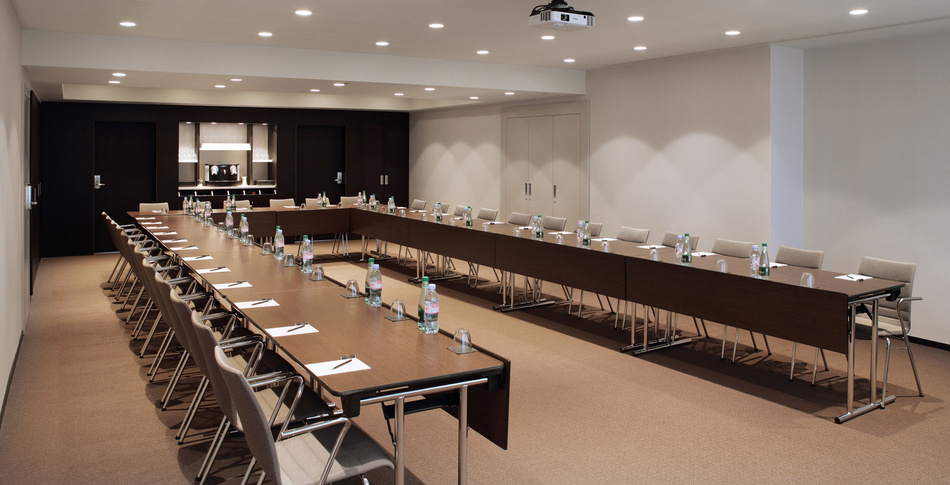 |
TheHotel |
How to reach Brussels and the conference venue 
By Plane |
When arriving in Belgium by plane you will most likely arrive through the two airports listed below. Brussels City Centre lies some 15 km to the west of the airport of Brussels and some 40 kms from Charleroi-(Brussels South Airport) if you fly Ryanair.
|
By Train |
If you come by train to Brussels from abroad then these are the different possibilities. From each of these stations you can either go on foot, by taxi or by metro to the hotel (the latter in combination with a small walk of some 300 m)
|
By Tram and Metro |
From Brussels Midi Station take Metro Line 2 (direction SIMONIS-ELISABETH) until LOUIZA Metro Station which is only 300 meters away from The Hotel Brussels. Check the Brussels Metro Map here. |
By Coach and Bus |
You can reach Brussels from anywhere in Europe by EUROLINES. The EUROLINES coaches stop and depart from Brussels North Station. |
By Taxi |
Taxis can be taken just outside North, Central and Midi Station |
By Car |
TheHotel lies on the Brussels inner circle road. It is therefore easy to reach by car and parking is available at TheHotel For driving instructions from the different airports please go to TheHotel info page. |
On Foot
|
From the nearest bus/tram stop TheHotel is only 300m away. |
BEWARE

When you bring your PC or other equipment to Belgium be aware that different plugs are needed. (see an overview of world plugs here)
- That your VISA requirements are OK. See the Fees Page for more information.
Location Map
Useful links
Check back for further updates here: 



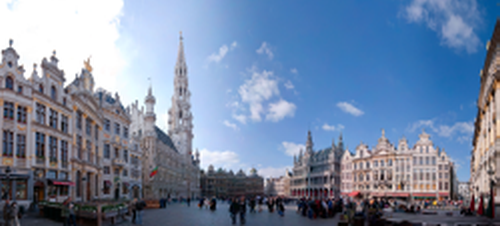
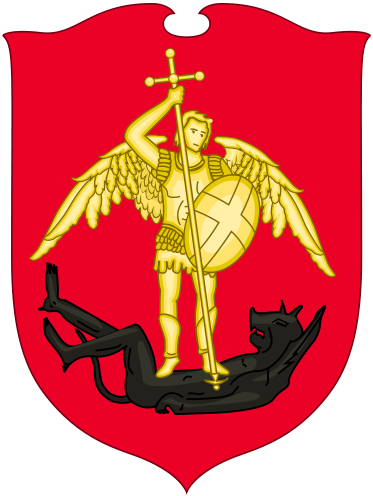 Brussels, is the capital of Belgium and the de facto capital of the European Union (EU). It is also the largest urban area in Belgium, comprising 19 municipalities, including the municipality of the City of Brussels, which is the de jure capital of Belgium, in addition to the seat of the French Community of Belgium and of the Flemish Community. The city has a population of 1.1 million and a metropolitan area with a population of over 1.8 million, both of them the largest in Belgium. Historically Dutch-speaking, Brussels has seen a major shift to French since Belgian independence in 1830. Today the city is officially bilingual. All road signs, street names, and many adverts and services are shown in both languages.
Brussels, is the capital of Belgium and the de facto capital of the European Union (EU). It is also the largest urban area in Belgium, comprising 19 municipalities, including the municipality of the City of Brussels, which is the de jure capital of Belgium, in addition to the seat of the French Community of Belgium and of the Flemish Community. The city has a population of 1.1 million and a metropolitan area with a population of over 1.8 million, both of them the largest in Belgium. Historically Dutch-speaking, Brussels has seen a major shift to French since Belgian independence in 1830. Today the city is officially bilingual. All road signs, street names, and many adverts and services are shown in both languages.

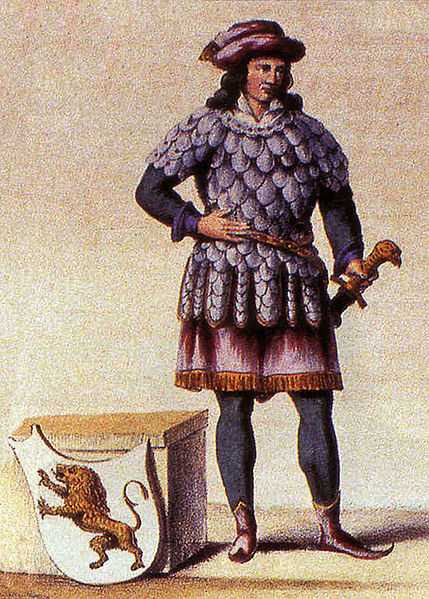
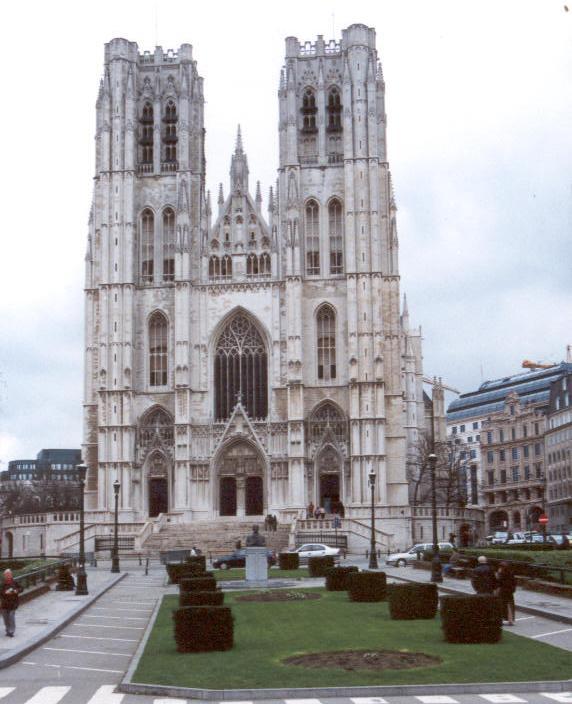
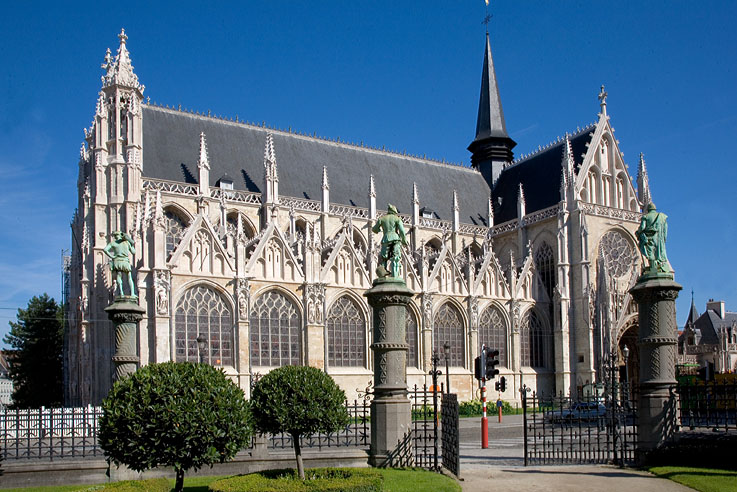
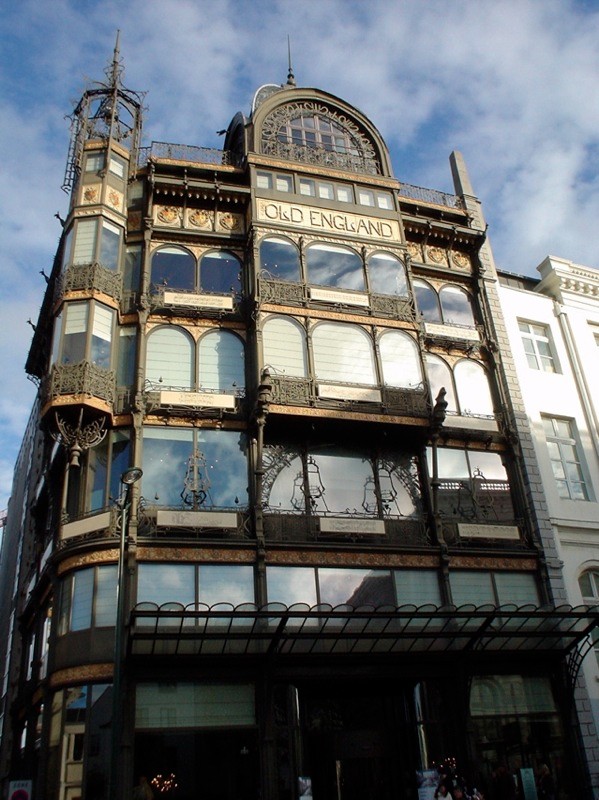
 Tel: +32 2 504 33 35
Tel: +32 2 504 33 35 Fax: +32 2 504 33 50
Fax: +32 2 504 33 50 Email:
Email: 